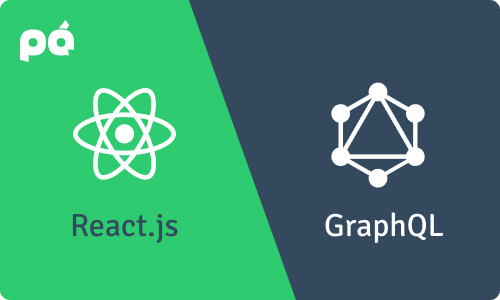Integrating React.js with Other Technologies: A Seamless Approach
In the ever-evolving landscape of web development, staying ahead of the curve is crucial. One of the key trends that have gained momentum in recent years is the integration of React.js with other technologies. This dynamic combination allows developers to create powerful, interactive, and feature-rich web applications. In this article, we’ll explore how to seamlessly integrate React.js with various other technologies to unlock new possibilities in web development.
Understanding React.js

Before delving into the intricacies of integration, let’s briefly understand what React.js is. React.js, often referred to as React, is an open-source JavaScript library maintained by Facebook. It is used for building user interfaces or UI components for web applications. React simplifies the process of creating interactive UIs by breaking down the interface into reusable components. Now, let’s explore how React can be integrated with other technologies.
Integrating React.js with Node.js

Node.js, known for its server-side capabilities, can be seamlessly integrated with React.js.
This integration offers the advantage of server-side rendering, resulting in faster page loads and improved SEO. Developers can use libraries like Next.js to combine React and Node.js effortlessly. This combination is a game-changer for building server-rendered React applications.
React.js and GraphQL: A Powerful Duo

GraphQL, a query language for APIs, pairs exceptionally well with React.js. GraphQL allows clients to request only the data they need, reducing over-fetching and under-fetching of data. Integrating React and GraphQL opens up opportunities for creating highly efficient and data-driven web applications. Tools like Apollo Client make this integration a breeze.
The Marvel of React Native

For those looking to expand into the mobile app development realm, React Native is the answer. React Native is a framework that enables the creation of mobile applications for both iOS and Android using React. This approach allows developers to share a significant portion of the codebase between web and mobile applications, saving time and resources.
React.js and Redux: State Management Made Easy

State management is a critical aspect of web development. React.js can be paired with Redux, a predictable state container for JavaScript applications. Redux helps manage the state of your application, making it easier to handle data flow and updates. The integration of React and Redux results in clean, maintainable code and efficient state management.
A Glimpse into Integrating React.js with Docker

Firebase, a comprehensive mobile and web application development platform, pairs seamlessly with React.js. With Firebase’s real-time database and authentication features, you can create dynamic, real-time applications with ease. React and Firebase together provide a robust solution for building applications that require real-time updates.
Conclusion
In this article, we’ve explored how React.js can be integrated with various technologies to create powerful web applications. React.js is a versatile tool, and at Paidant, we specialize in harnessing its potential. If you want to leverage these integrations and create cutting-edge web applications, consider partnering with Paidant. Our experts are skilled in making the most of React.js and other advanced technologies to bring your ideas to life.
Now that you understand these possibilities, you’re ready to embark on your journey of building innovative web applications with React.js, with Paidant as your trusted partner.


